Monsoon Health Problems
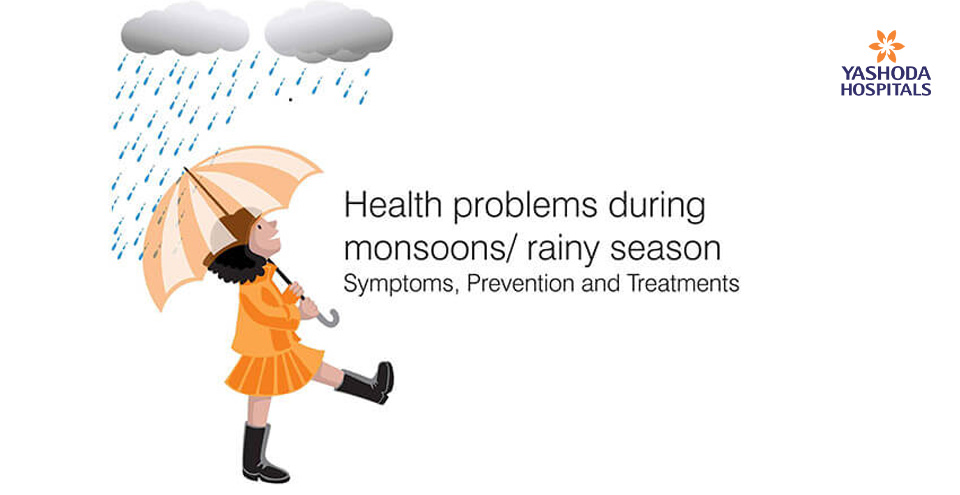
Why do people fall ill more often during monsoon?
After a long stretch of simmering heat of the summer, Rahul and his friends found relief in the fresh and cool breath of air ushered by the monsoons. Rahul was playing all day with the climate marked by a drizzle and cold air. On returning home, he fell sick due to cold and fever. The visiting doctor suspecting of malaria suggested for blood tests.Come monsoon, in India it is rains all along the south coast bringing the much needful cooling effect to the land, and initiating the seasonal farming all over the region. However, monsoon also brings with it some of the common air borne and water borne diseases that include Malaria, Typhoid, Cholera, Hepatitis A and Common Cold.
MALARIA
Malaria is a common disease that coincides with the rainy season in India. It is spread by the female Anopheles mosquito. The disease features fever at regular intervals, bouts of shivering, muscle pain and weakness. Prevention is the first important step to control malaria. As stagnant water acts as a breeding ground for mosquitoes, it should be ensured that the neighborhood is kept as clean as possible. All water sources at home should be properly capped. Mosquito nets and repellants should be used to keep mosquitoes at bay.
CHOLERA
Cholera is caused by contaminated food and water. Cholera is characterized by diarrhea with watery stools, vomiting, water loss and muscle cramps. Certain preventive measures may be followed to keep cholera at bay, which include, boiling water before using, maintaining personal hygiene and good sanitation. Taking a vaccine to prevent cholera is also the right preventive measure.
TYPHOID
Monsoon or rainy season offers an ideal ground for typhoid, which is a highly infectious disease. Typhoid spreads by contaminated food and water. The problem with typhoid is that, even after the patient is cured, the typhoid bacteria continue to stay in the gall bladder. Typhoid is marked by headache and severe pain in the abdomen. Getting vaccinated, isolating the infected from other members of the family, avoiding dehydration by greater intake of fluids, and continuing with care even after recovery. Typhoid may recur, so close monitoring of each case is crucial in the treatment of Typhoid.
HEPATITIS A
Hepatitis A is an epidemic caused by flies, and can even spread by direct contact with the patient. It is marked by headache, painful joints and vomiting. Hepatitis A can be prevented by vaccination. High calorie diet with adequate rest and strict avoidance of fat and oily food helps in early recovery.
COMMON COLD
Common cold is quite common in the rainy season. It is marked by constant sneezing, sore throat and fever. You may get cold by getting drenched in the rain. You can prevent cold by taking the needful precautions viz. carrying an umbrella, wearing a rain coat, keeping away from high air-conditioned rooms and avoiding ice-creams and cold drinks. Some of the common home remedies like hot milk with a pinch of turmeric, and gargling with warm water are proven to be quite effective in the treatment of cold and sore throat.
CONCLUSION
Monsoon is the time to enjoy the rains, and take enough safeguards against a variety of diseases which may cause serious health issues. Monsoon brings with it different water and air borne diseases. Being better informed and aware of certain quick remedies helps you to be more prepared, and cope with illnesses of the rainy season. Importantly, parents of newborns and small children need to be extra-careful during rainy season to prevent diseases of the monsoon. Timely visit to the family doctor or specialist saves you from further health problems.




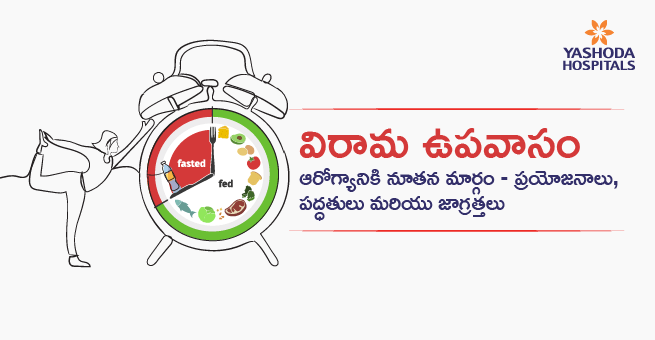

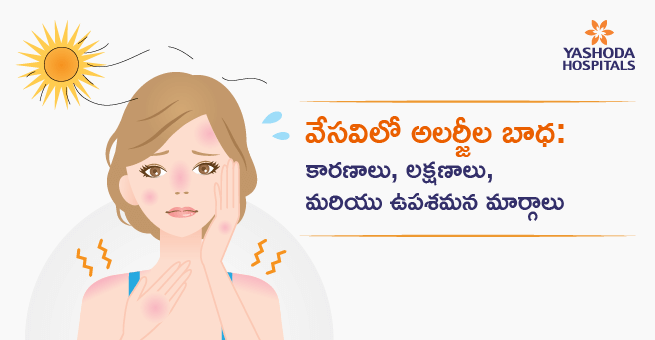
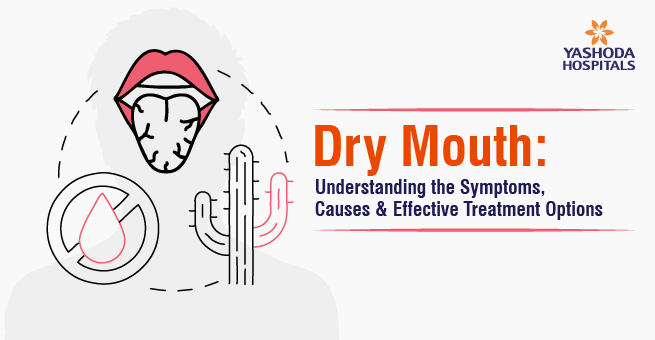
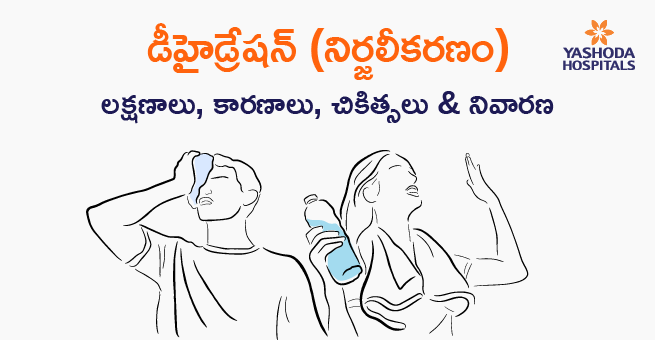
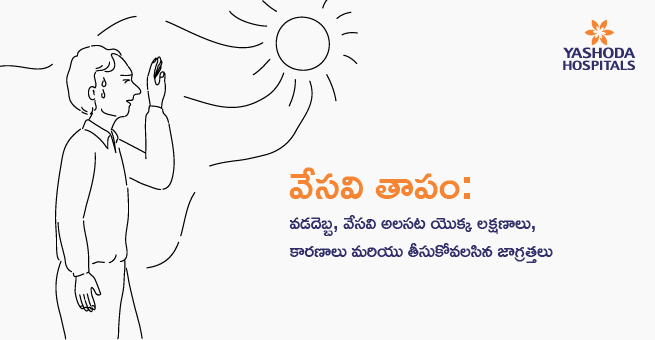

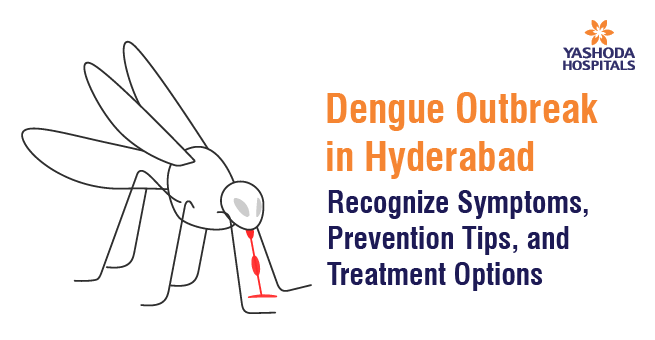

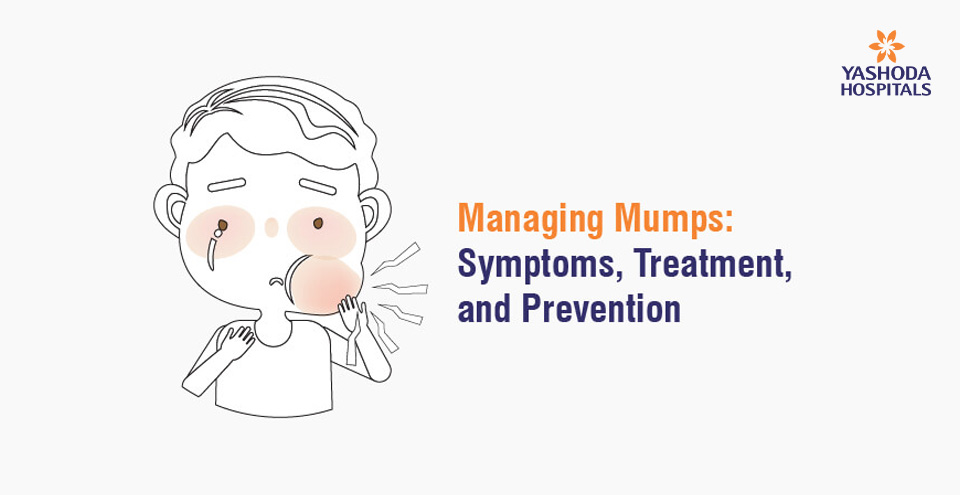
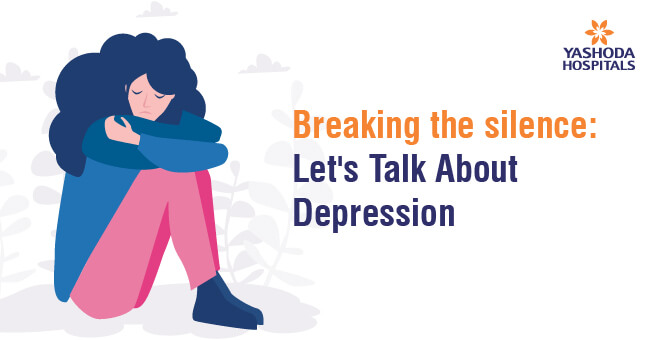





 Appointment
Appointment WhatsApp
WhatsApp Call
Call More
More